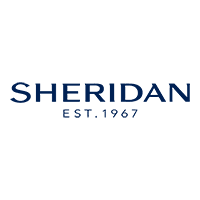Time of year and climate
If you live in a tropical climate, look for sheets that are cool, light and crisp that make sleeping in the hot weather that much more comfortable.
For those that live somewhere with definite summer and winter seasons, it's a good idea to have a set of sheets suitable for cold weather and one for warm so you can change as required. Materials to consider for warm weather include percale, sateen, bamboo and linen, and for cool weather take a look at flannel, fleece, Egyptian cotton and microplush. Higher thread counts usually offer more warmth than lower thread counts. Check out our guide to winter sheets for more inspiration.




